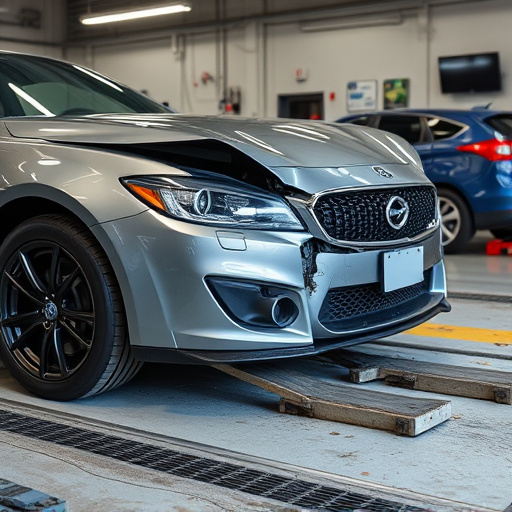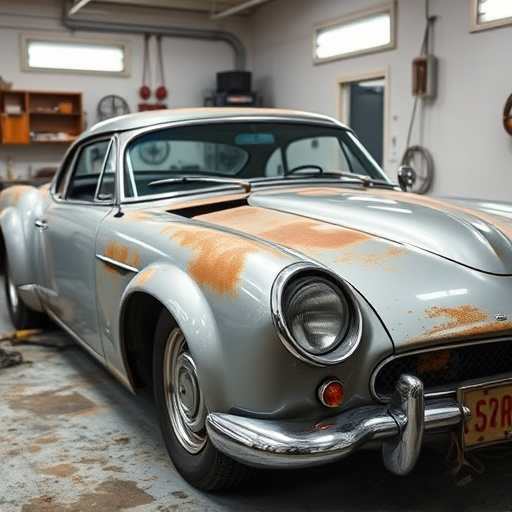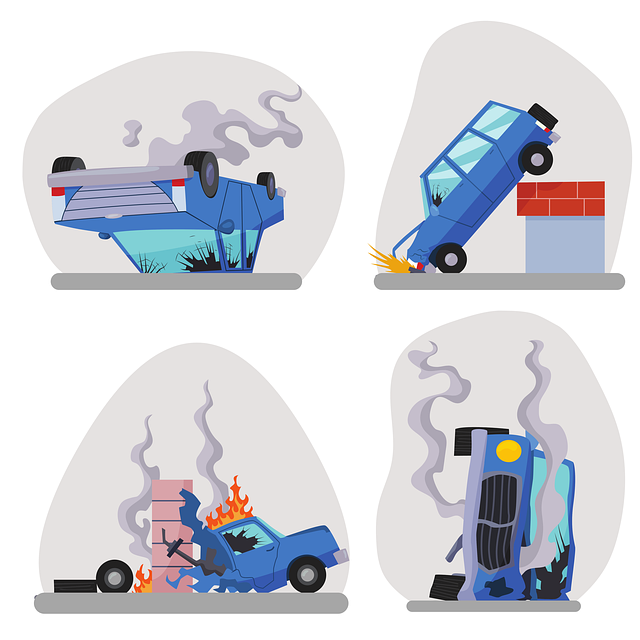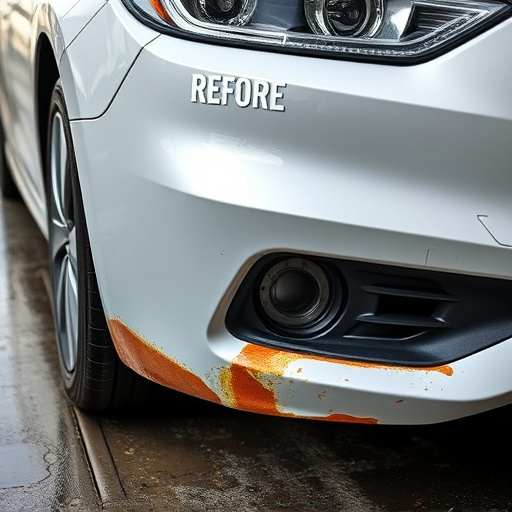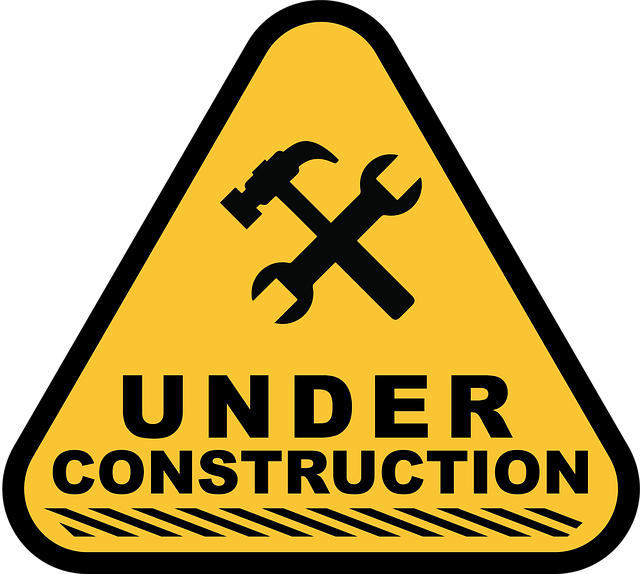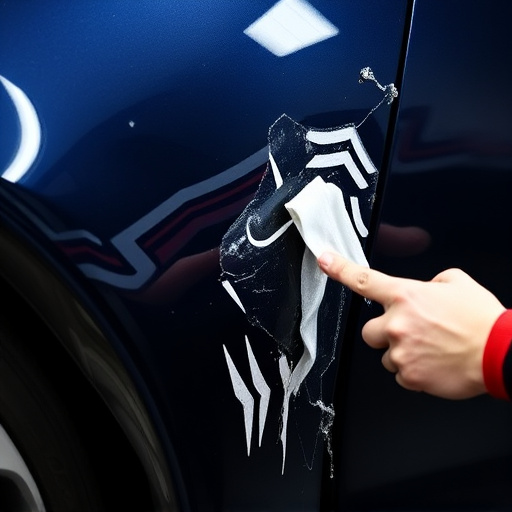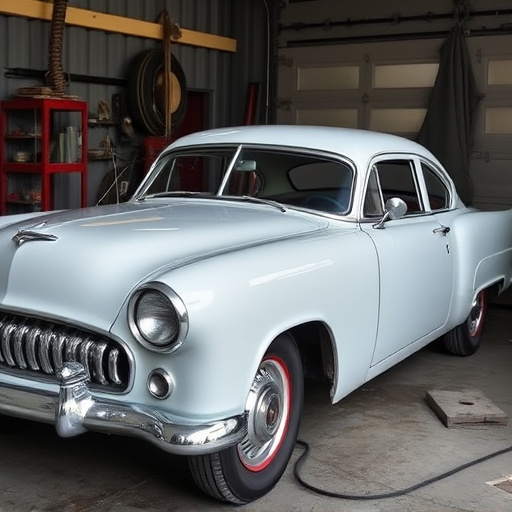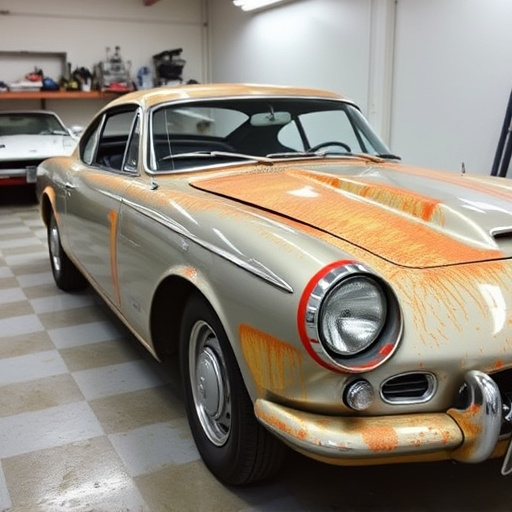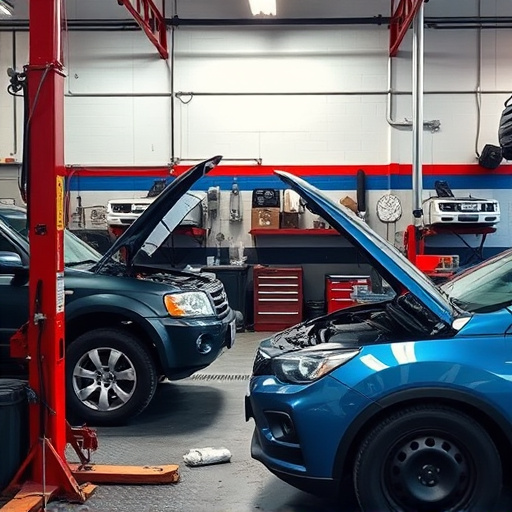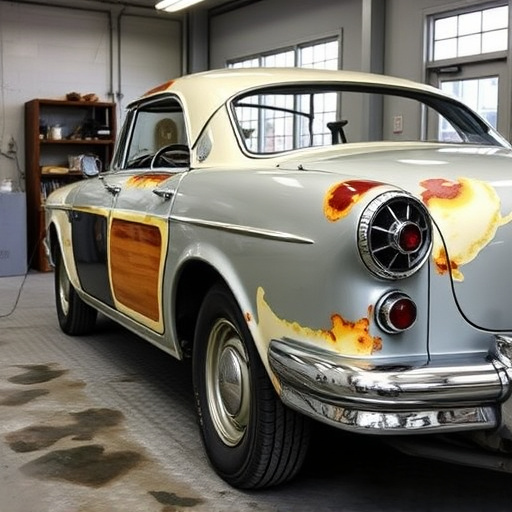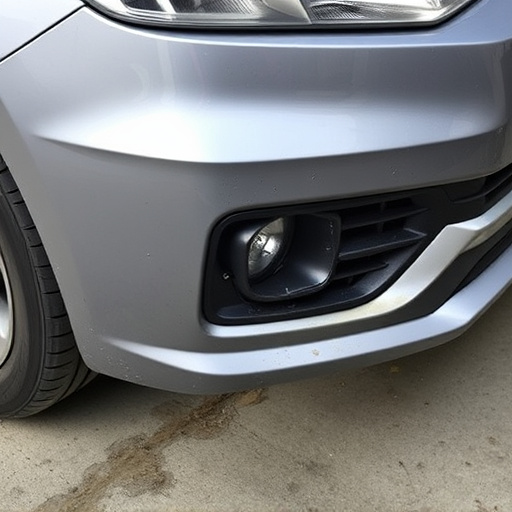Choosing OEM certified collision repair centers ensures top-tier care aligned with brand standards for part replacement and manufacturing techniques. These facilities invest in latest training and technology to handle complex vehicle damage, display credentials or accreditations, and offer advantages like genuine parts, skilled technicians, durability, reliability, and peace of mind.
Looking to ensure your vehicle’s safety and quality repair? Verifying a shop’s OEM (Original Equipment Manufacturer) collision repair certification is crucial. This article guides you through understanding stringent OEM standards, verifying shop credentials with actionable steps, and highlights the benefits of choosing certified facilities for superior repairs. By following these tips, you can rest assured that your vehicle receives the best possible care aligned with OEM certified collision repair standards.
- Understanding OEM Certified Collision Repair Standards
- Verifying Shop Credentials: Steps to Take
- Benefits of Choosing OEM Certified Facilities
Understanding OEM Certified Collision Repair Standards

Understanding OEM Certified Collision Repair Standards is key to ensuring your vehicle receives the highest quality care. OEM, or Original Equipment Manufacturer, certification guarantees that a collision center has met stringent industry standards set by the specific automotive brand your car was manufactured for. These standards cover every aspect of the repair process, from using genuine replacement parts to adhering to precise manufacturing techniques and specifications. By selecting an OEM certified collision center for your car damage repair needs, you can rest assured that your vehicle will be restored to its pre-accident condition, preserving its value and safety.
This certification is particularly important when considering the intricate nature of modern automotive restoration. Today’s vehicles are increasingly complex, with sophisticated systems and materials requiring specialized knowledge and equipment to repair properly. OEM certified collision centers invest in the latest training and technology to stay current with these advancements, ensuring they can accurately diagnose and fix a wide range of car damage, from minor dents and scratches to major structural repairs.
Verifying Shop Credentials: Steps to Take

When looking for a reliable shop for your OEM certified collision repair needs, verifying their credentials is paramount. The process involves several key steps to ensure you’re getting the best service possible. First, check if the shop displays any visible certifications or accreditations from recognized industry bodies focusing on OEM certified collision repair. These can be in the form of plaques, certificates, or digital badges prominently displayed within the shop or on their website.
Next, inquire about their training programs and staff qualifications. Skilled technicians with up-to-date knowledge in the latest car body repair techniques and tools are essential for precise work. Additionally, ask for references from previous clients who have undergone similar OEM certified collision repairs, enabling you to gauge the shop’s reputation and the quality of their work on real-world vehicles, especially in cases of hail damage repair or vehicle collision repair.
Benefits of Choosing OEM Certified Facilities

Choosing a facility with OEM (Original Equipment Manufacturer) certified collision repair services offers several advantages for vehicle owners. One of the key benefits is the guarantee of high-quality work. OEM certification ensures that the technicians are trained and authorized to use the latest technology and methods, directly aligning with the manufacturer’s standards. This means your car dent repair or vehicle restoration will be handled with precision and expertise, preserving the original aesthetic and performance of your vehicle.
Additionally, OEM certified facilities have access to genuine parts and tools, which is crucial for complex repairs like classic car restoration. Using authentic parts ensures long-lasting durability and reliability, protecting your investment. Such shops also adhere to strict safety protocols, minimizing risks during the repair process. This level of professionalism not only safeguards your vehicle but also provides peace of mind, knowing that your car is in capable hands.
When choosing a shop for your vehicle’s collision repair, verifying OEM certification is a smart step towards ensuring quality and original equipment parts. By understanding the standards, taking proactive measures to check credentials, and recognizing the benefits of OEM-certified facilities, you can make an informed decision. Remember, selecting a certified shop not only guarantees top-notch workmanship but also safeguards your vehicle’s value and performance. Embrace peace of mind by embracing OEM certified collision repair.

